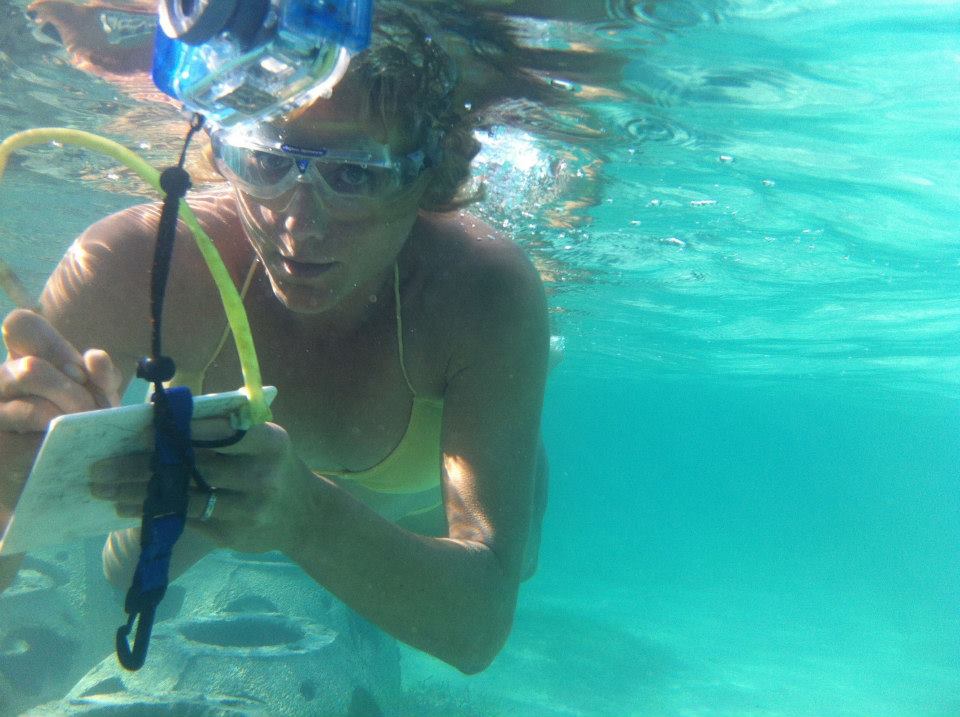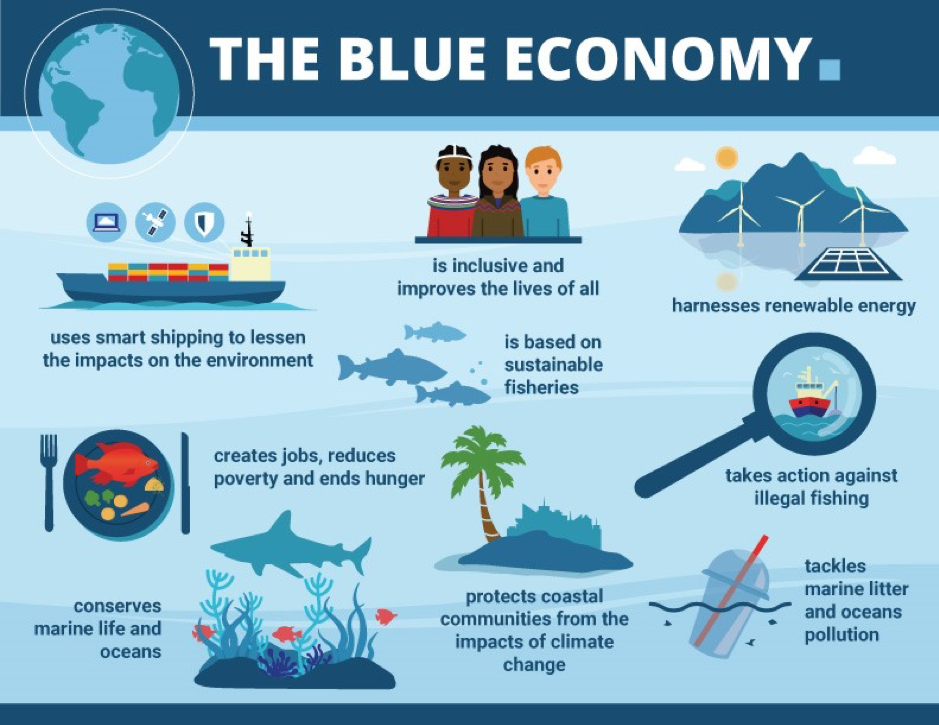I have been a fan of sharks since I was a little girl. Weird, I know, but when most little girls were obsessed with Barbie and American Girl dolls, my playhouse was filled with creatures from the animal kingdom.
These magnificent apex predators play such an important role in the ecosystem. They maintaining other species in the food chain in check and serve as an indicator for ocean health. So when I had the opportunity to study sharks, I jumped on it! I knew that there was some way I could focus all my energy on protecting sharks. I just needed an excuse for my obsession.
Early on I was introduced to the benefits marine reserves have on ecosystems as well as the world of GIS, Geographic Information Science. Studying great white sharks in South Africa introduced me to how GIS can directly be used for marine conservation.
But analyzing pelagic shark behavior is a challenge. They are highly migratory creatures, moving in and out of a particular area throughout their lifespan. So, static marine reserves that only focus on a few miles radius around a reef or island only helps the shark species at certain points within their development. This is instrumental in the birthing and pupping stage of a shark’s life, but as they mature and move out from those areas why should the protection stop?
The role of Dymanic Marine Protected Areas

Increased protection of vital shark habitats is essential in combating declining species numbers. Understanding the connection between how sharks use their environment and move between protected territories can benefit our comprehension of shark behavior and conservation as a whole. My work focused on analyzing mako shark (Isurus oxyrinchus) movements within New Zealand’s waters (Figure 1) and using that data to represent areas to set aside for seasonal closures.
Creating dynamic marine protected areas (DMPAs), those that open and close seasonally, allows a broader protection plan for mako sharks in the area without constricting the local vital fishing commerce.

The process
New Zealand boasts some of the most diverse marine life and is home to the M?ori tribe, who rely deeply on what the ocean provides. This project aimed to take those local traditions into consideration so that any place could use the outline for a variety of species conservation. Using the data to map how the mako sharks were using the area created a large set of track lines that were used to trace each individual shark.
Next, these lines were used to make larger polygons that represent the areas used by each shark in each season. The end result shows areas where seasonal closures might benefit overall conservation and the zones to consider core locations for future dynamic marine protected areas (DMPAs) (Figure 2).

Sharks are vital to the health of an ecosystem. Protecting them throughout their lifespan means that each ecosystem would have a chance to be healthy. As Sylvia Earle once said, you should be afraid if you are in the ocean and you don’t see sharks. Our responsibility lies in protecting the species that are essential to keeping our oceans healthy.
So, for the love of sharks, be kind to it!



